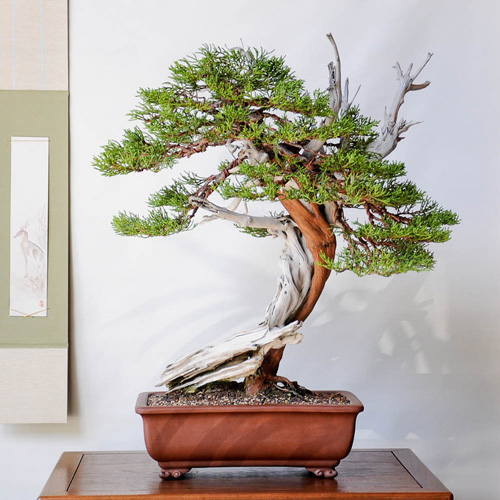
This California juniper was awarded the Best in Show 2009 at the Midori Bonsai Club‘s 40th annual show. It belongs to Peter Tea and comes to us via Bonsai Tonight (a great name for blog that lives up to it). The photo was taken by Jonas Dupuich, Bonsai Tonight’s author.
A tree with a story
In addition to the strikingly unusual section of deadwood that looks like it’s leaning against the trunk, this remarkable tree has its own story that involves some bonsai luminaries (Boon and Michael Hagedorn for instance), Boon’s backyard, styling questions and more. Check it out if you have time. Be careful though; you might get so taken in by what Jonas is up to, that you forget to come back here where you started.
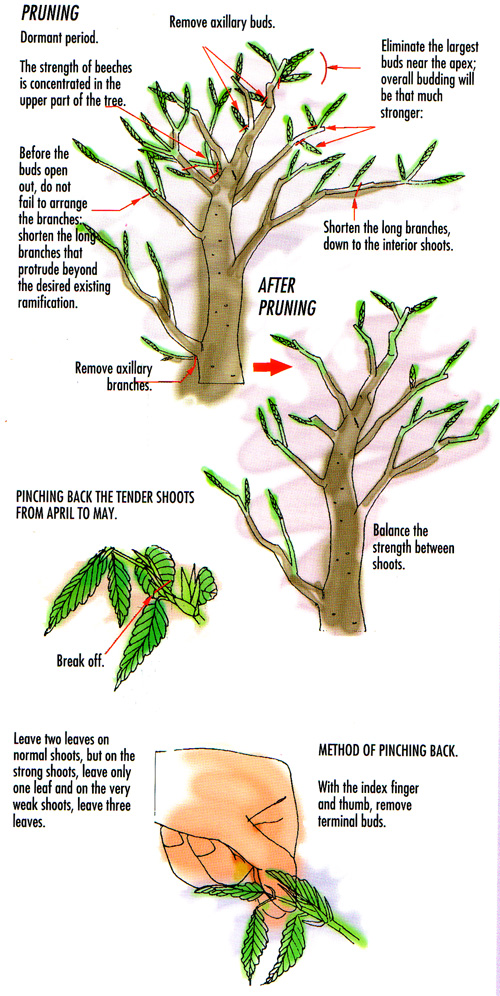 It’s time to start thinking about dormant pruning. This page of simple illustrations shows pruning and pinching basics for beech trees. It’s the first of a series of posts on training deciduous bonsai. The illustrations are from
It’s time to start thinking about dormant pruning. This page of simple illustrations shows pruning and pinching basics for beech trees. It’s the first of a series of posts on training deciduous bonsai. The illustrations are from 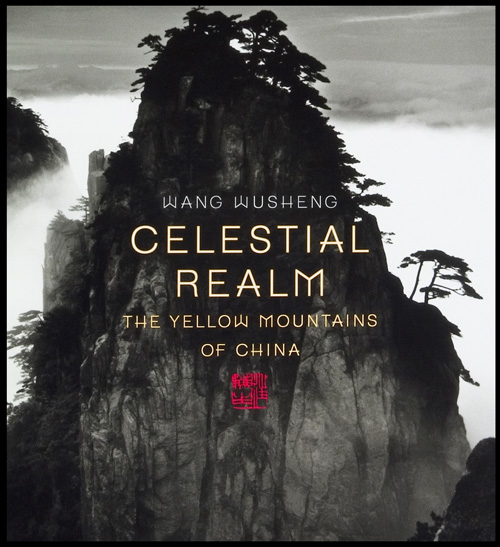
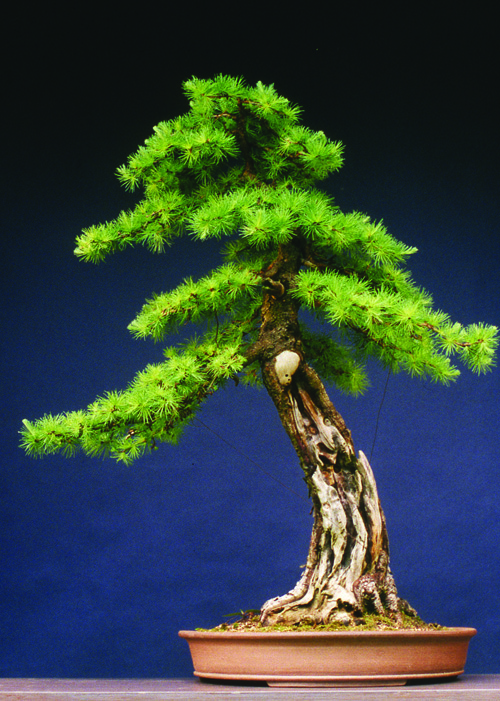
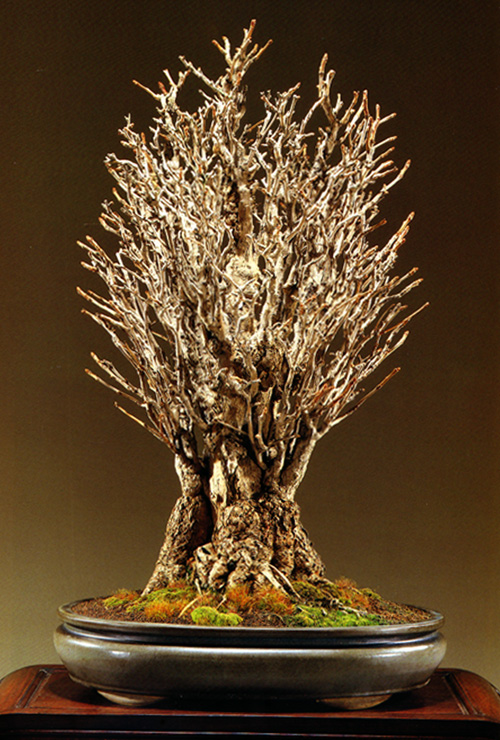
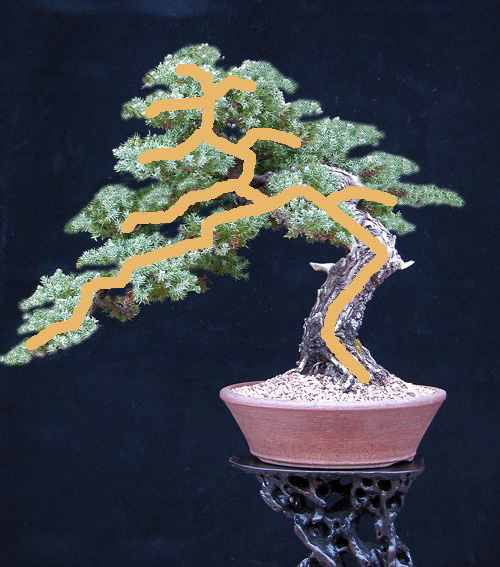
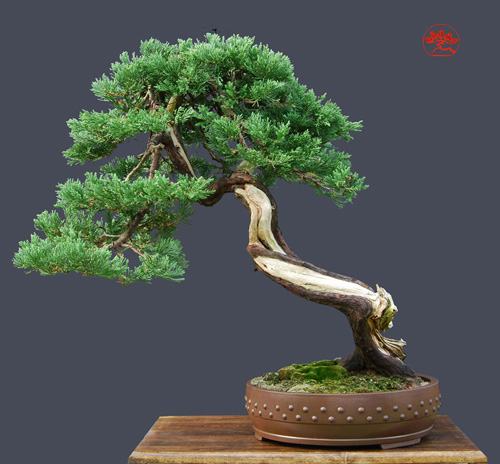 This Juniperus chinensis parsonii, that started as an urban yamadori in 2007 (height 26″), was submitted by
This Juniperus chinensis parsonii, that started as an urban yamadori in 2007 (height 26″), was submitted by 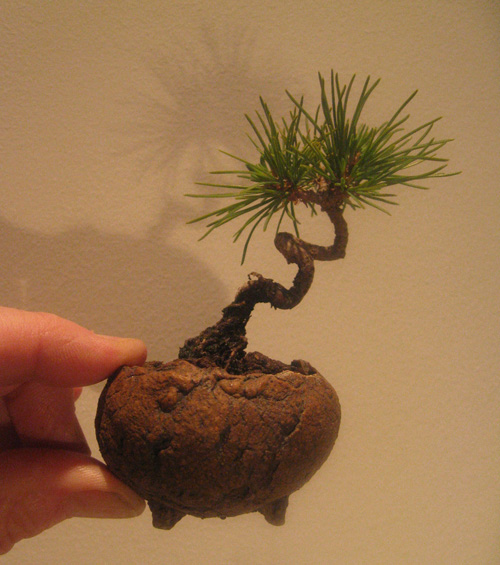
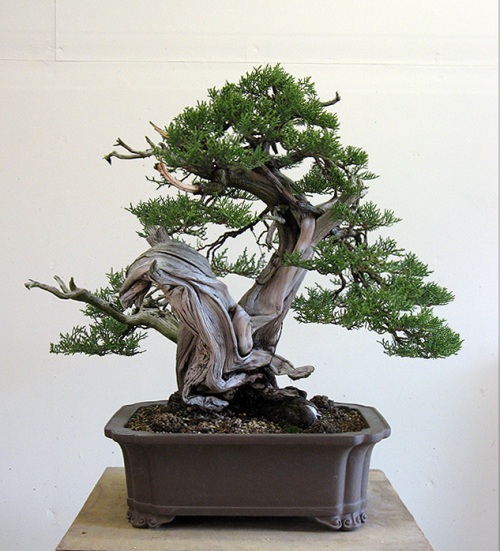
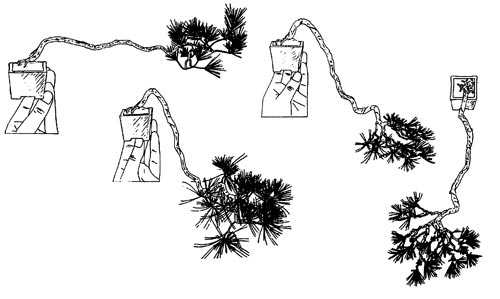 These illustrations by Kyosuke Gun show three stages in the development of simple shohin cascading bunjin style pine. Though we don’t know for sure, we might assume that these illustrations are of an actual tree, as many, if not most of Mr. Gun’s illustrations are based upon actual bonsai. The illustration originally appeared in
These illustrations by Kyosuke Gun show three stages in the development of simple shohin cascading bunjin style pine. Though we don’t know for sure, we might assume that these illustrations are of an actual tree, as many, if not most of Mr. Gun’s illustrations are based upon actual bonsai. The illustration originally appeared in